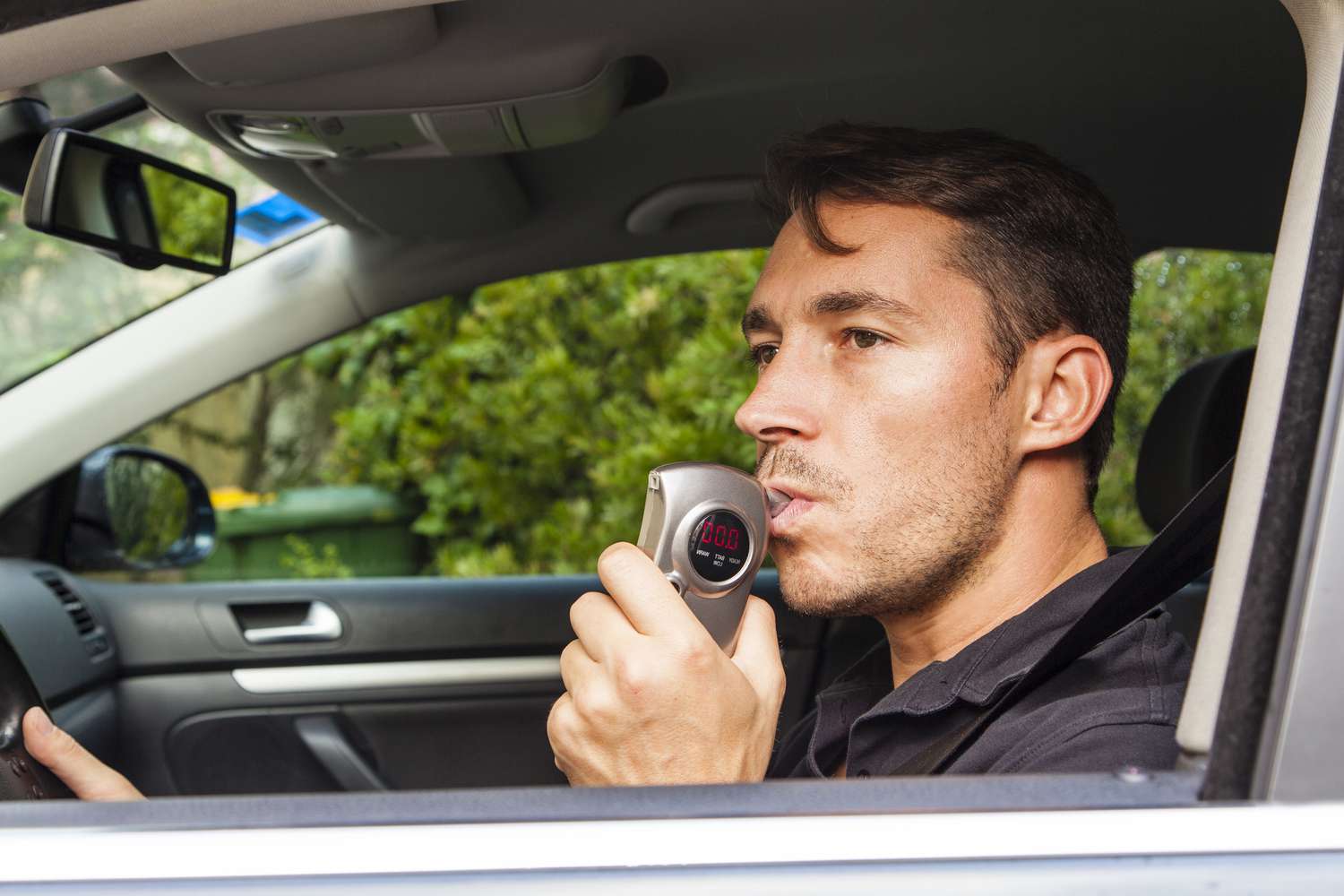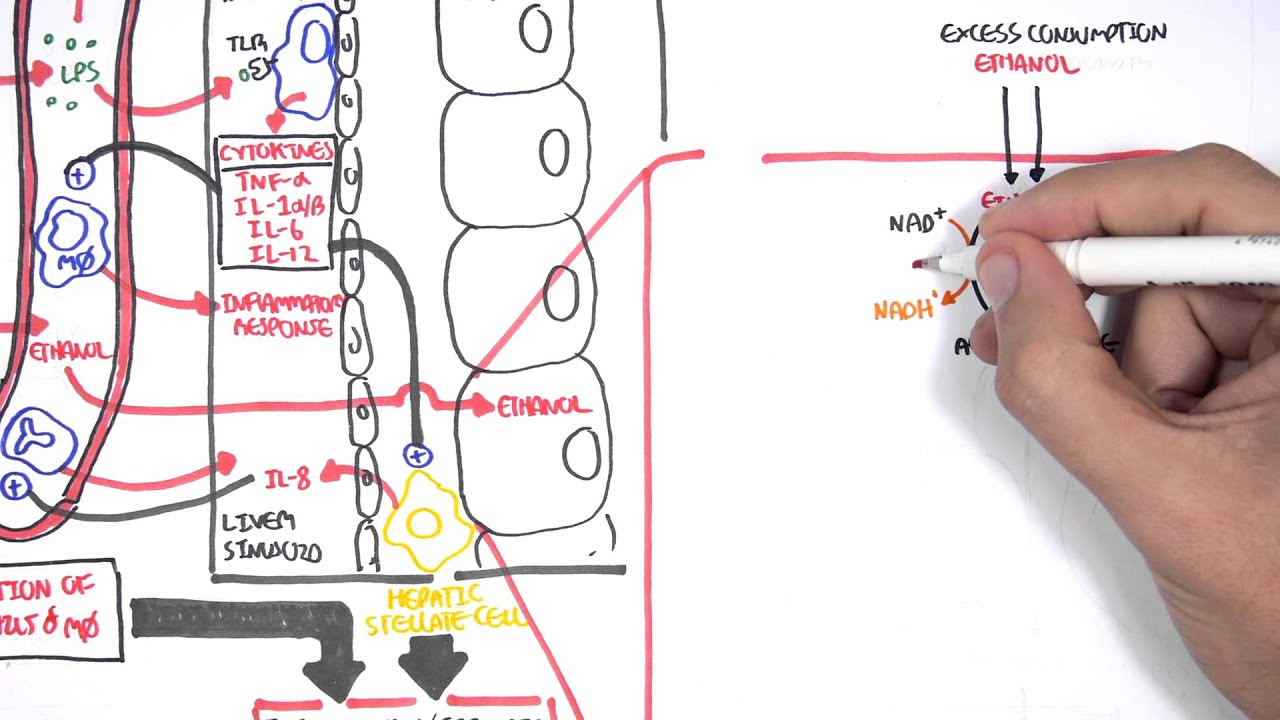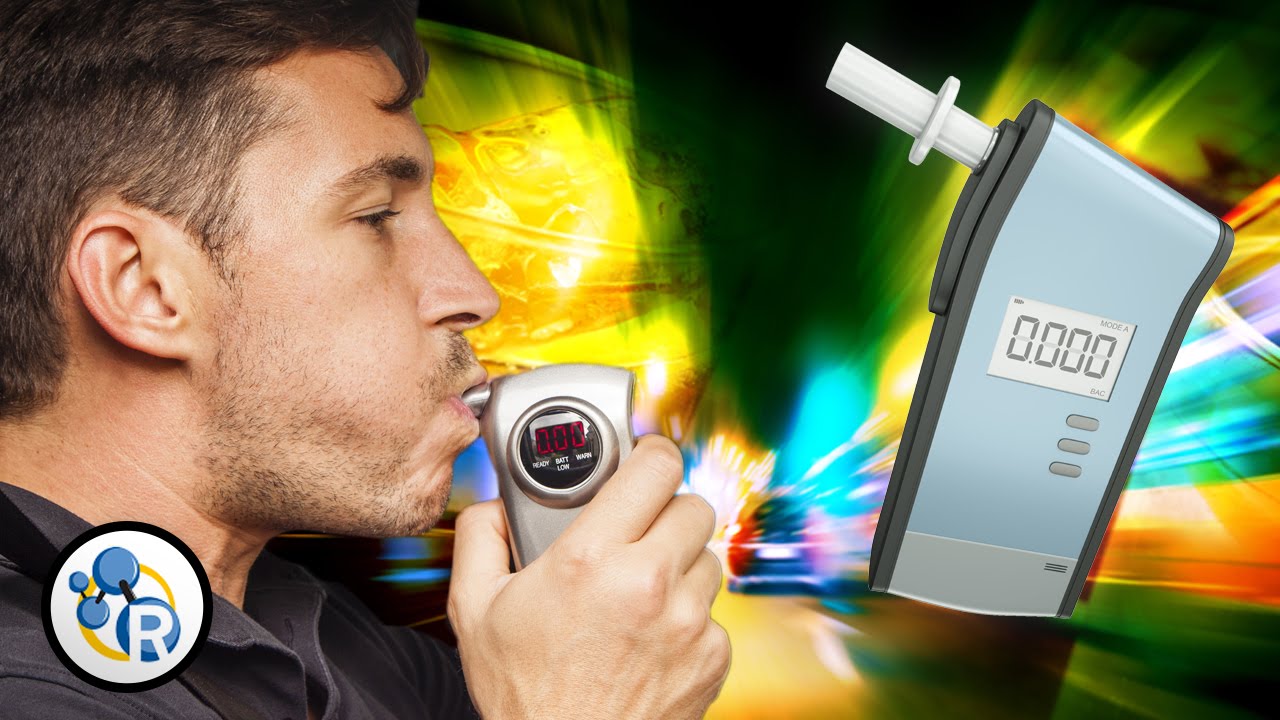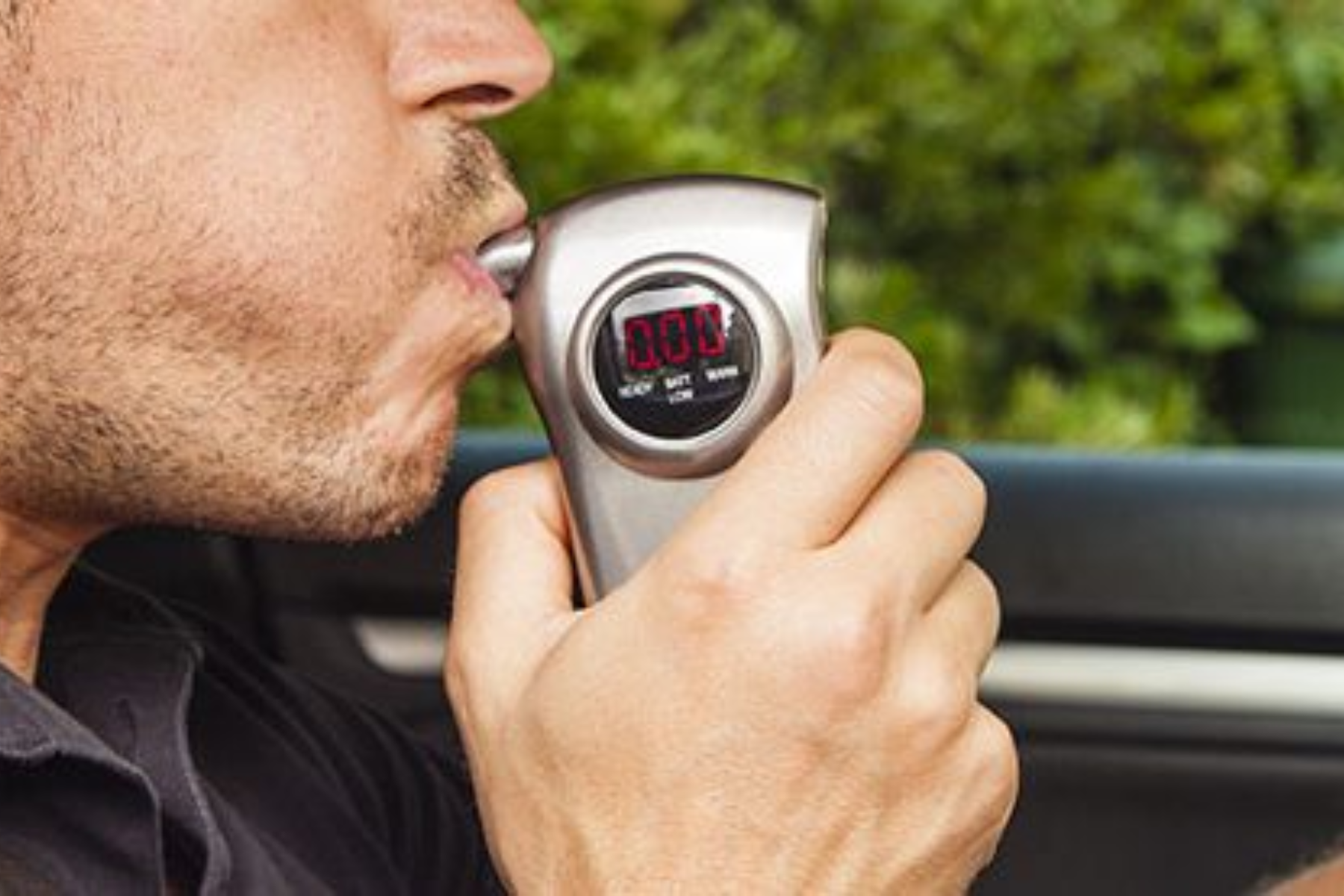Breathalyzers And Drug Test Kits In DUI Prevention - Designed To Track Drunk Drivers
In this article, we will discuss how breathalyzers and drug test kits in dui prevention are used in DUI prevention and their effectiveness in reducing DUI incidents.
Apr 16, 202339 Shares533 Views

In this article, we will discuss how breathalyzers and drug test kits in DUIprevention are used in DUI prevention and their effectiveness in reducing DUI incidents.
Driving under the influence (DUI) of alcohol or drugs is a serious crime that can result in accidents, injuries, and fatalities.
To prevent these incidents from happening, law enforcement agencies use various tools, such as breathalyzers and drug test kits, to detect and deter impaired driving.
Breathalyzers In DUI Prevention
Breathalyzers are pieces of equipment that assess the blood alcohol content (BAC) of a person by analyzing their exhaled breath.
Alcohol is absorbed into the bloodstream by a person who drinks it, and when that person exhales, the alcohol is expelled from the body through the lungs.
Breathalyzers are able to measure a person's blood alcohol content (BAC) because the amount of alcohol in the breath is exactly proportional to the amount of alcohol that is present in the bloodstream.
Breathalyzers are frequently utilized by law enforcement authorities in the course of testing drivers who are suspected of driving under the influence of alcohol.
If a driver fails a breathalyzer test, they run the risk of being detained and prosecuted for driving under the influence of alcohol.
Although the legal limit for blood alcohol content (BAC) differs from state to state, the national average is 0.08%.
If a driver's blood alcohol concentration (BAC) is found to be higher than the permissible limit, the individual may be subject to harsh punishments such as monetary fines, the loss of their license, and even possible incarceration.
Breathalyzers are also utilized in DUI prevention programs in order to raise awareness about the risks associated with driving under the influence of alcohol. At certain checkpoints, drivers are subjected to random alcohol testing as part of a program run by certain organizations.
These checkpoints act as a deterrent to drivers who choose to operate their vehicles while under the influence of alcohol and as a reminder to drivers to make good decisions regarding drinking and driving.
The Science Behind Breathalyzers - How They Measure Blood Alcohol Concentration
Breathalyzers are an essential tool for law enforcement agencies in detecting and deterring impaired driving. But how do they actually work?
In this section, we will discuss the science behind breathalyzers and how they measure blood alcohol concentration.
The Physiology Of Breath Alcohol

Alcohol Physiology (ethanol, metabolism and biochemistry)
When an individual consumes alcohol, the substance makes its way into the bloodstream via the stomach and the small intestine.
Alcohol is broken down into its component parts by the liver, but it takes some time for the liver to handle all of the alcohol that is currently in the bloodstream.
Because of this, when a person exhales, some of the alcohol is flushed out of their system through their lungs. The use of breathalyzers becomes relevant at this point.
Breathalyzers are devices that assess a person's blood alcohol concentration based on the amount of alcohol that is detected in their breath (BAC).
As a person exhales, the alcohol that is present in their breath travels into a chamber in the breathalyzer, where it interacts with a chemical to generate an electrical current.
The breathalyzer is able to measure a person's blood alcohol content (BAC) because the intensity of the electrical current is proportional to the amount of alcohol that is present in the breath.
Types Of Breathalyzers
There are primarily two categories of breathalyzers, and these categories include fuel cell breathalyzers and semiconductor breathalyzers.
Breathalyzers that utilize fuel cells produce an electrical current through the use of a chemical reaction that is triggered when alcohol is detected in the breath.
A microchip is used in semiconductor breathalyzers to measure the amount of alcohol that is present in the breath.
Many people believe that fuel-cell breathalyzers are more accurate than semiconductor breathalyzers; nevertheless, fuel-cell breathalyzers are also more expensive.
Breathalyzers based on fuel cells are typically utilized by law enforcement agencies, but breathalyzers based on semiconductors are more frequently seen in personal breathalyzers designed for consumer use.
Calibration And Accuracy
Like any measuring device, breathalyzers require calibration to ensure their accuracy. Calibration involves testing the breathalyzer with a known amount of alcohol to make sure it produces an accurate reading.
If a breathalyzer is not calibrated properly, it may produce inaccurate readings that could result in false arrests or acquittals.
Breathalyzers must also be maintained and checked regularly to ensure their accuracy. Factors such as temperature, humidity, and the age of the device can affect its performance, so regular checks are necessary to maintain accuracy.
Factors That Affect Breathalyzer Accuracy
There are several factors that can affect the accuracy of a breathalyzer reading. For example, if a person has recently consumed alcohol, residual alcohol in their mouth may produce an artificially high reading.
Additionally, if a person has recently used mouthwash or breath freshener, these products can contain alcohol that can affect the accuracy of the reading.
Another factor that can affect breathalyzer accuracy is the rate of alcohol absorption.
Alcohol absorption can vary depending on factors such as the type and amount of alcohol consumed, as well as a person's metabolism and body weight. As a result, a breathalyzer reading may not accurately reflect a person's level of impairment.
Drug Test Kits In DUI Prevention
Drug test kits are another tool used by law enforcement agencies to detect impaired driving. Unlike breathalyzers, which detect alcohol, drug test kits can detect the presence of drugs in a person's system.
These kits can test for a variety of drugs, including marijuana, cocaine, and opioids.
Drug test kits work by analyzing a sample of a person's urine or saliva. If a driver tests positive for drugs, they may be arrested and charged with DUI. The legal limit for drugs varies by state, but it is generally set at a level that indicates impairment.
Drug test kits are not as commonly used as breathalyzers in DUI prevention, but they can be useful in situations where a driver is suspected of drug use.
For example, if a driver is exhibiting signs of impairment but passes a breathalyzer test, a drug test kit can be used to determine if they have used drugs.
Effectiveness Of Breathalyzers And Drug Test Kits In DUI Prevention
Breathalyzers and drug test kits are effective tools in preventing DUI incidents. According to the National Highway Traffic Safety Administration (NHTSA), the use of breathalyzers has contributed to a 63% decrease in alcohol-related traffic fatalities since 1982.
Similarly, drug test kits have been shown to reduce the number of drug-impaired driving incidents.

How Do Breathalyzers Work?
However, breathalyzers and drug test kits are not foolproof. There are many factors that can affect the accuracy of these tests, such as improper calibration or administration.
In some cases, a person's BAC or drug concentration may not accurately reflect their level of impairment. Additionally, some people may be able to "beat" these tests by using various methods, such as drinking large amounts of water or using mouthwash.
People Also Ask
How Accurate Are Breathalyzers?
Breathalyzers can be very accurate if they are calibrated and maintained properly. However, factors such as residual alcohol in the mouth and the rate of alcohol absorption can affect their accuracy.
Can Breathalyzers Detect Drugs?
No, breathalyzers can only detect alcohol in a person's breath. Drug test kits are used to detect drugs in a person's system.
How Long After Drinking Can A Breathalyzer Detect Alcohol?
It depends on several factors, including the amount of alcohol consumed, a person's metabolism, and their body weight. Generally, it takes one hour for the body to eliminate one standard drink, but this can vary.
Are Breathalyzers Admissible In Court?
Yes, breathalyzers are admissible in court as evidence in DUI cases. However, their accuracy must be proven, and the device must be properly calibrated and maintained.
Conclusion
Breathalyzers and drug test kits are important tools in DUI prevention, but they are not the only solution. Ultimately, the best way to prevent impaired driving is through education and awareness campaigns that promote responsible behavior.
Drivers should be aware of the risks of driving under the influence and make responsible decisions when it comes to alcohol and drug consumption. By working together, law enforcement agencies and the community can make a significant impact on reducing DUI incidents. Breathalyzers and drug test kits serve
Latest Articles
Popular Articles

